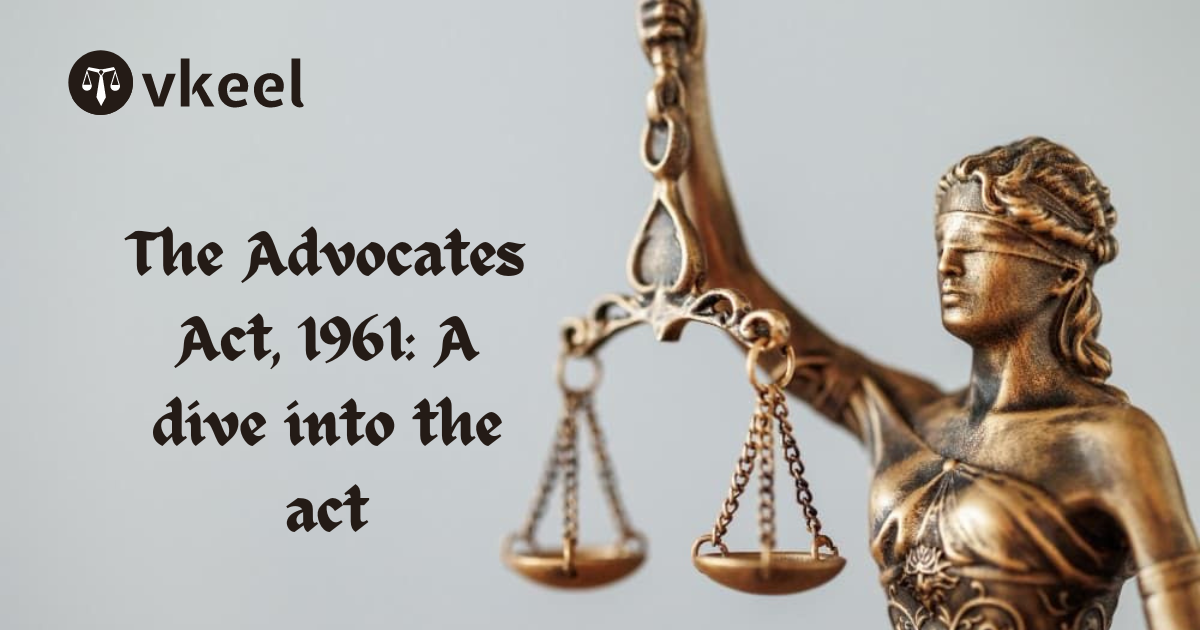Procedures Involved In A Family Court Case
By Kishan Dutt Kalaskar
According to Section 10 of the Family Courts Act,1984, the Family Courts are allowed to evolve their rules of procedure. The Code of Civil Procedure was amended to fulfill the reason behind setting up the Family Courts.
Section 9 of the Act puts special emphasison settling disputes by mediation and conciliation. It guarantees that the matter is addressed by understanding the two parties and reduces the chances of any further conflict. The point is to give priority to a mutual understanding of the usual process of arbitration. So, these courts mean to frame a pleasant environment where family disputes are settled amicably. The cases have avoided the features of a formal legal system. During any stage of the proceedings, if the court believes that there is a possibility of an amicable resolution, the court can direct the parties to mediation.
Consult with: Top Lawyers of India
The shackles of a formal overall set of laws and the normal process of adjudication cause unnecessary prolonging of the matter, and the dispute can deteriorate over the long haul. It tends to be an exceptionally horrendous experience for the families and lead to personal and financial losses that can devastatingly affect human relations. It again focuses on the significance of having guidance counsellors and psychological experts in managing such matters.
Section 13 of the Act specifies that a party isn’t qualified to be addressed by a lawyer without the court’s express authorization. In any case, constantly, the court concedes this authorization, and as a rule, it is a legal counsellor who addresses the gatherings. The interesting angle regarding the procedures under the Family Court’s watchful eye is that they are first referred to conciliation. When the conciliation procedures fail to effectively determine the issue, the matter taken up for the court is preliminary. The Conciliators are experts who the court designates. When the last request is passed, the wronged party has the alternative of filing an appeal under the watchful eye of the High Court. Such appeal is to be heard by a bench comprising of two judges (Section 19 of the Act).
The primary object of the Family Courts Act 1984 was to give the chance of conciliation to the litigants and to prepare for rapid dismissal.
Talk with: Best Lawyers of India
Stage 1 – Court Counseling and Mediation
When the respondent gets a summons from court, he/she will need to show up under the watchful eye of the Judge of the Family Court. As previously stated, under Section 9 of the Act, the courts are mandated to make efforts for the settlement of disputes. Thus, at the first stage, the Judge would allude the parties to the counsellor for going through the way toward counselling. It is to keep away from any worsening of conditions and to empower possible conciliation between the couple.
The counsellors will undoubtedly unveil the minutes of the discussion between the spouses before them for counselling. The counsellor will send a report demonstrating if the settlement could be shown up.
Stage 2 – Counter-Statement
If the case isn’t settled through alternative dispute resolution methods, the case alludes back to the court. The Family Court Judge has abundant powers under Section 10(3) of the Act to assist the parties.
Stage 3 – Evidence
After the pleadings on either side are finished, the enquiry is initiated with the petitioner. The chief examination of the petitioner is finished via testimony. The petitioner and the respondent will record the proof under the Judge’s steady gaze regarding his/her appeal. The provision of section 15 and 16 of the Act sets out the method for recording evidence.
– > Section15: A record of the oral evidence isn’t required for a family court to record a witnesses’ evidence. Finally, just that part is adequate, identified with the suit or continuing, and the Judge and the witness should sign it.
– > Section16: Evidence of formal character on affidavit. The evidence of any individual where such evidence is true might be given by testimony and may, subject to all just exceptions, be read in evidence in any suit or proceeding under the watchful eye of a Family Court.
Consult with: Top Lawyers of India
Stage 4 – Cross-Examination
The petitioner and the respondent will be allowed to cross the other party to counter-argue their submission and nullify the cases and evidence produced in the court. The parties can help their pleader prepare to record the confirmation of evidence and questioning of the other party.
Stage 5 – Decree and Order Passed by the Court
After hearing the rival contentions, the court may defer the case to pass the decree and order to permit or excuse the appeal under the court’s watchful eye.
The procedures of the family court can be held within the presence of cameras. As per Section 11 of the Act, the family court procedures might be held in camera if the court feels so or any party to the suit needs to do such.
As the family courts work with fewer formalities, they don’t record the long evidence of witnesses. Just that evidence of the witness is recorded identified with the topic. As indicated by Section 14 of the Act, any report, statement or document, identified with the topic is admissible under the Indian Evidence Act, 1872.
Talk with: Best Lawyers of India
Conclusion
Presently, the family court matters take a long time from the phase of advising to the last hearing, just in situations where both the parties show up without default and make their submission inside the time frame as directed by the court. The above timeline may go further if there are interim applications for relief of maintenance, child custody, request against interim orders, etc.
These family courts’ setting was a dynamic step in decreasing the overabundance and discarding cases while guaranteeing justice’s successful delivery. Notwithstanding, as previously mentioned, there are still matters of worry that plague these courts. The issues identifying with these courts’ working are found altogether, as cited in the examples identifying with the issues’ procedural and substantive parts.
Moreover, the absence of consistency concerning the guidelines prompts disarray in its application. Further, the need to correct certain laws should be analyzed and executed viably to guarantee that these courts don’t confront any prevention in their work. Whenever analyzed and executed inside time, these little advances will go far to guarantee that the Family Courts are fruitful, indeed, to satisfy the honourable reason for which they were made.
Disclaimer:
The information provided in the article is for general informational purposes only, and is not intended to constitute legal advice or to be relied upon as a substitute for legal advice. Furthermore, any information contained in the article is not guaranteed to be current, complete or accurate. If you require legal advice or representation, you should contact an attorney or law firm directly. We are not responsible for any damages resulting from any reliance on the content of this website.












